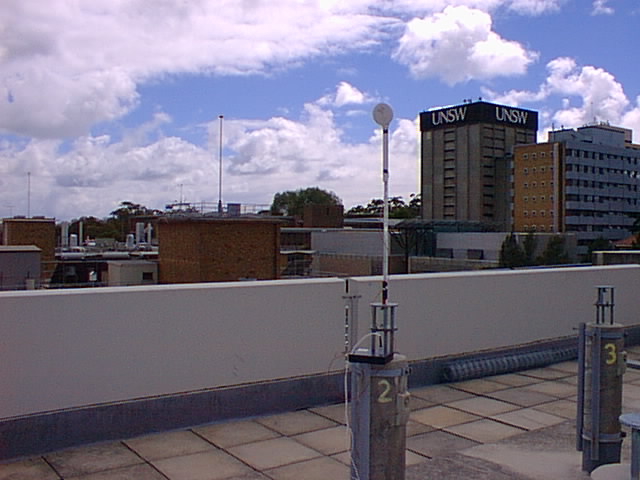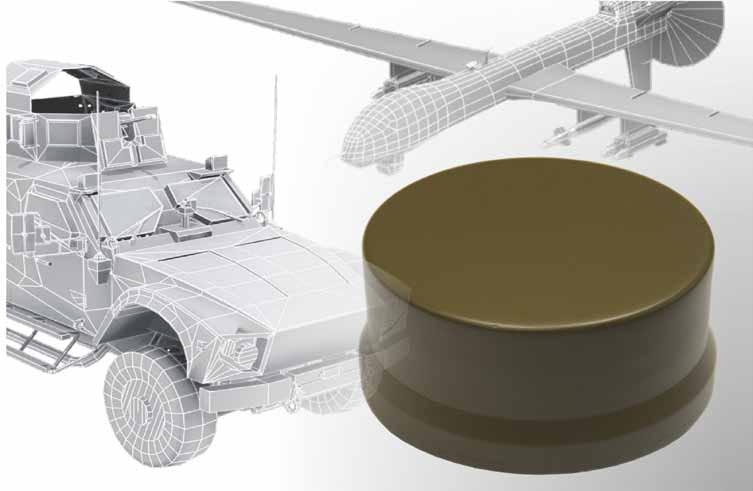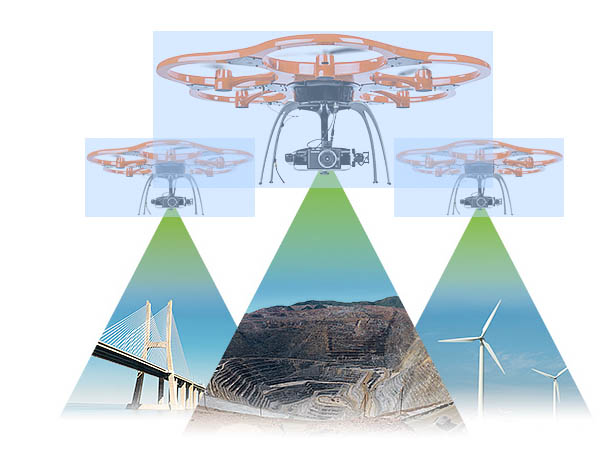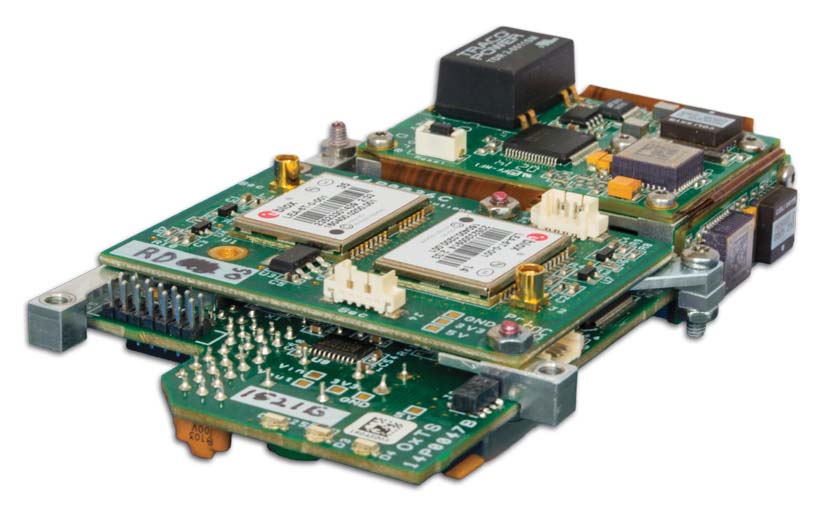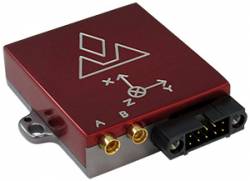IGNSS 2015: International GNSS Society Symposium
The IGNSS 2015 symposium on GPS/GNSS and industry exhibition will take place at the Outrigger Hotel in Gold Coast, Queensland, Australia from July 16 to 18, 2015. The conference venue is one block from the famous Surfer’s Paradise Beach.
The deadline for abstracts is February 9, 2015.
Registration will be open at the end of March, 2015. Early bird registration ends May 18, 2015.
By Inside GNSS





